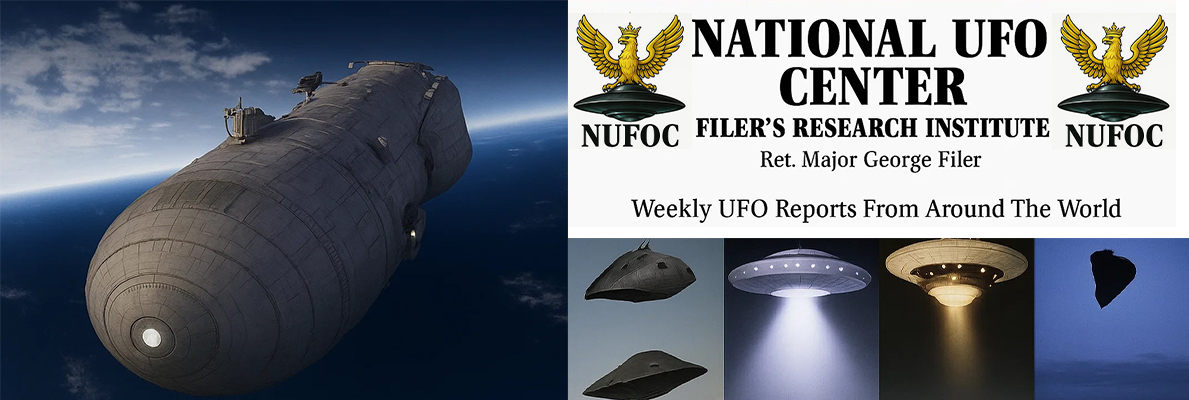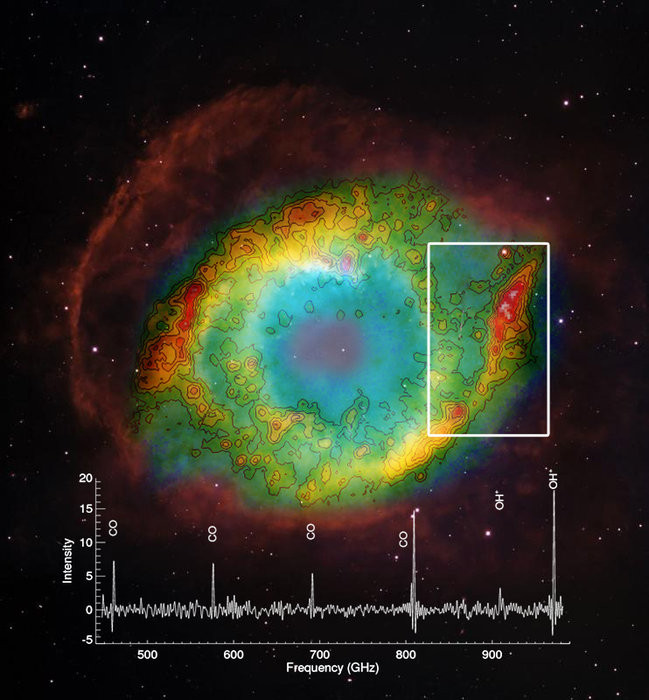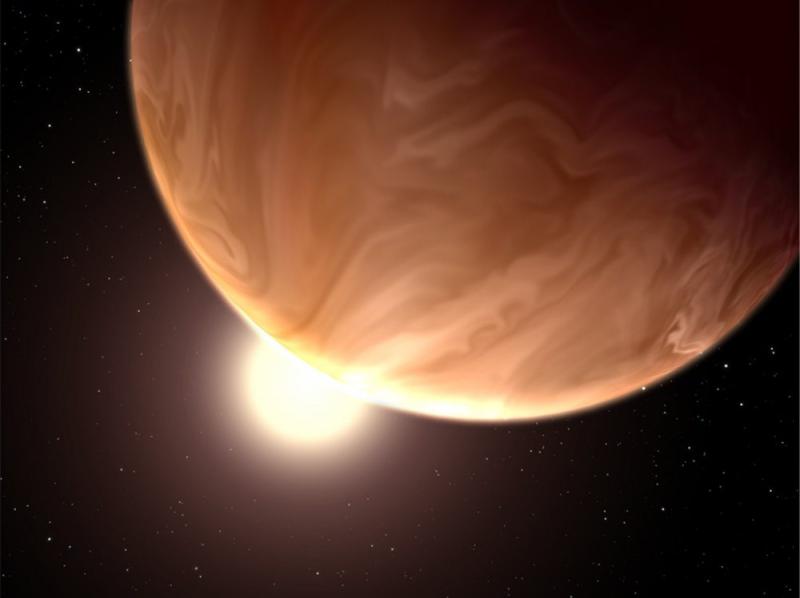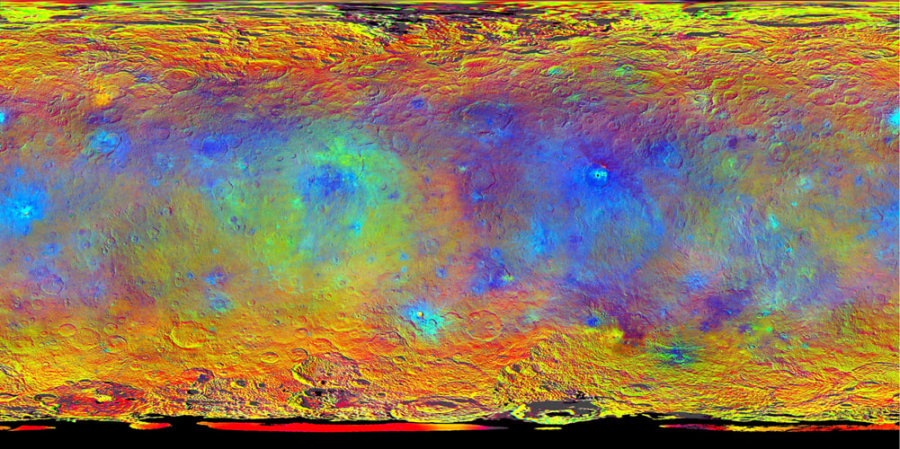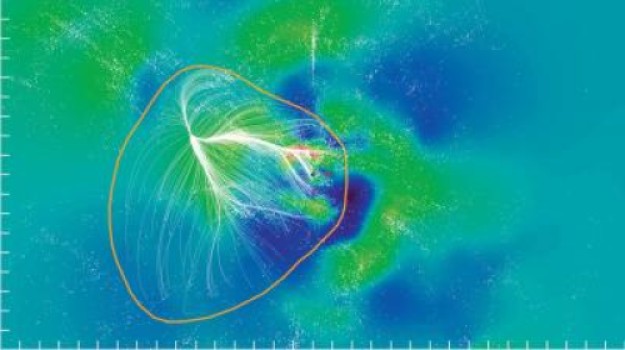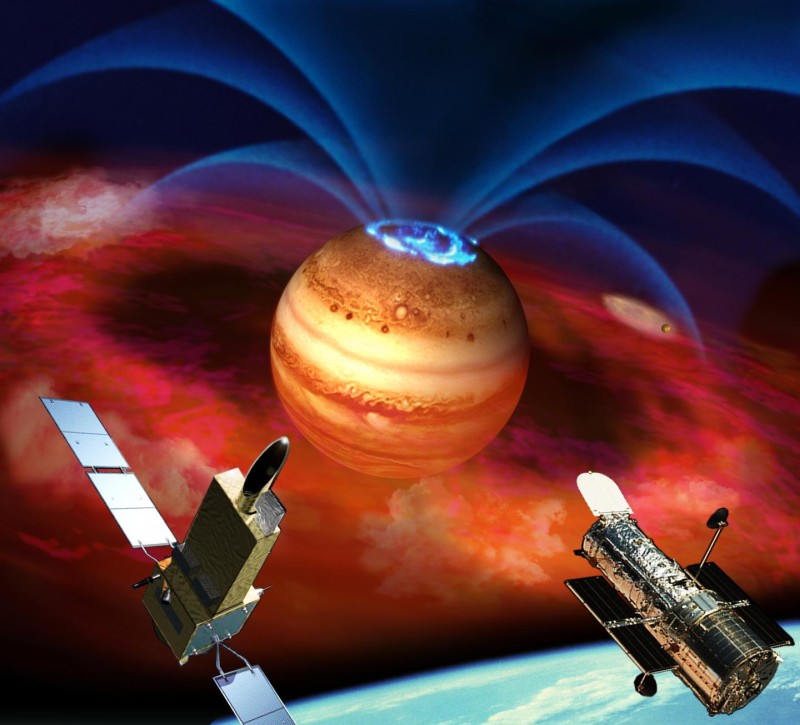
On Earth, bursts of particles spewed by the Sun spark shimmering auroras, like the Northern Lights, that briefly dance at our planet’s poles. But, on Jupiter, there’s an auroral glow all the time, and new observations show that this Jovian display sometimes flares up because of a process having nothing to do with the Sun.
Jupiter watchers have long known that the giant planet’s ever-present polar auroras — thousands of times brighter and many times bigger than Earth — are powered by both electrically charged particles from the Sun colliding with Jupiter’s magnetic field and a separate interaction between Jupiter and one of its many moons, called Io. But there are also auroral explosions on Jupiter, or periods of dazzling brightening, similar to auroral storms on Earth, that no one could definitively trace back to either of those known causes.
In the aurora-making interaction of Jupiter and Io, volcanoes on the small moon blast clouds of electrically charged atoms (ions) and electrons into a region surrounding Jupiter that’s permeated by the planet’s powerful magnetic field, thousands of times stronger than Earth’s. Rotating along with its rapidly spinning planet, the magnetic field drags the material from Io around with it, causing strong electric fields at Jupiter’s poles. The acceleration of the ions and electrons produce intense auroras that shine in almost all parts of the electromagnetic spectrum but most brightly in high-energy bands, like ultraviolet light and X-rays, that are invisible to unaided human eyes.
Now, new observations of the planet’s extreme ultraviolet emissions show that bright explosions of Jupiter’s aurora likely also get kicked off by the planet-moon interaction, not by solar activity. A new scientific paper about these observations by Tomoki Kimura of the Japan Aerospace Exploration Agency (JAXA), in Sagamihara, Kanagawa, Japan, and his colleagues, was published online today in Geophysical Research Letters, a journal of the American Geophysical Union.
Starting in January 2014, a telescope aboard the JAXA’s Hisaki satellite, which focused on Jupiter for two months, recorded intermittent brightening of the giant planet’s aurora. The telescope detected sudden flare-ups on days when the usual flow of charged particles from the Sun, known as the solar wind, was relatively weak.
Additional space and ground-based telescopes, including the Hubble Space Telescope, also viewed Jupiter during these lulls in the solar wind. Both Hisaki and Hubble witnessed explosions of the planet’s aurora despite the solar wind’s calm, suggesting that it’s the Jupiter-Io interaction driving these explosions, not charged particles from the Sun, according to the new study. The new research does not address exactly what is happening in the Jovian magnetosphere to cause the temporary brightening of auroral explosions.
Story Source:
The above story is based on materials provided by American Geophysical Union. Note: Materials may be edited for content and length.
Journal Reference:
- T. Kimura, S. V. Badman, C. Tao, K. Yoshioka, G. Murakami, A. Yamazaki, F. Tsuchiya, B. Bonfond, A. J. Steffl, A. Masters, S. Kasahara, H. Hasegawa, I. Yoshikawa, M. Fujimoto, J. T. Clarke. Transient internally-driven aurora at Jupiter discovered by Hisaki and the Hubble Space Telescope. Geophysical Research Letters, 2015; DOI: 10.1002/2015GL063272
